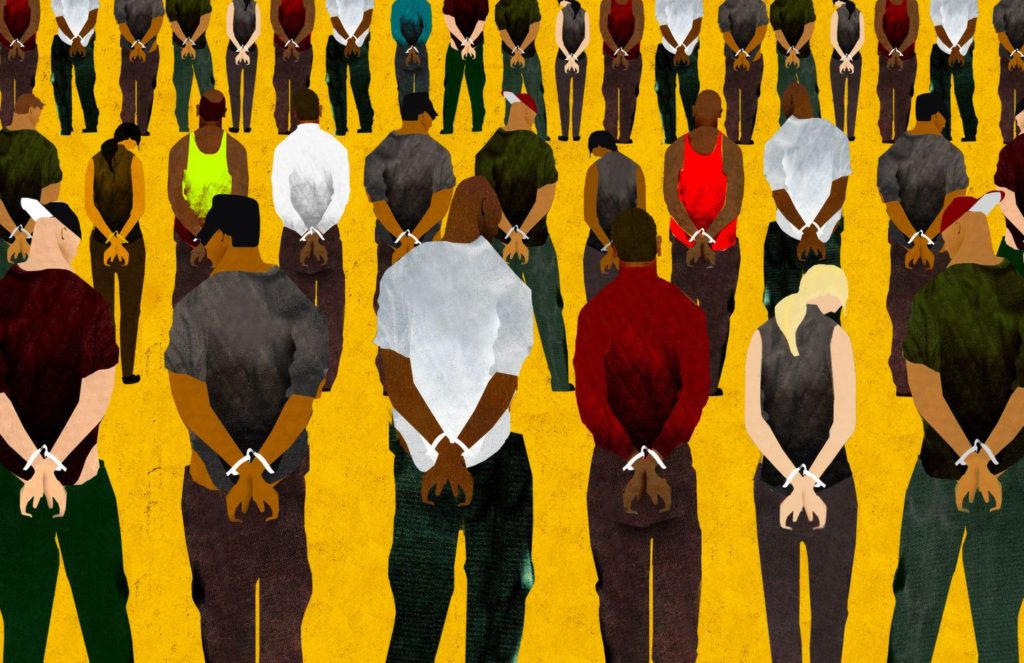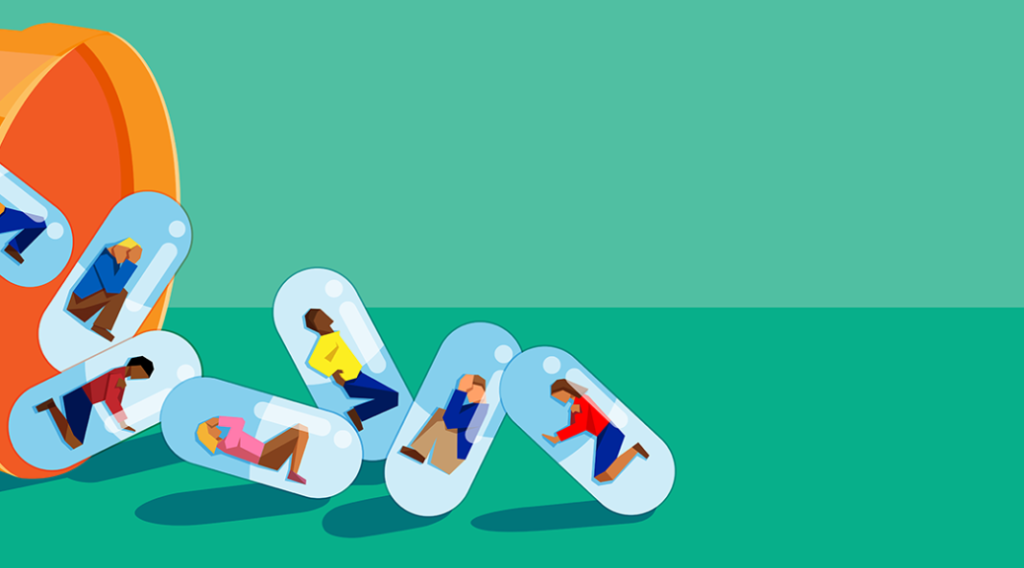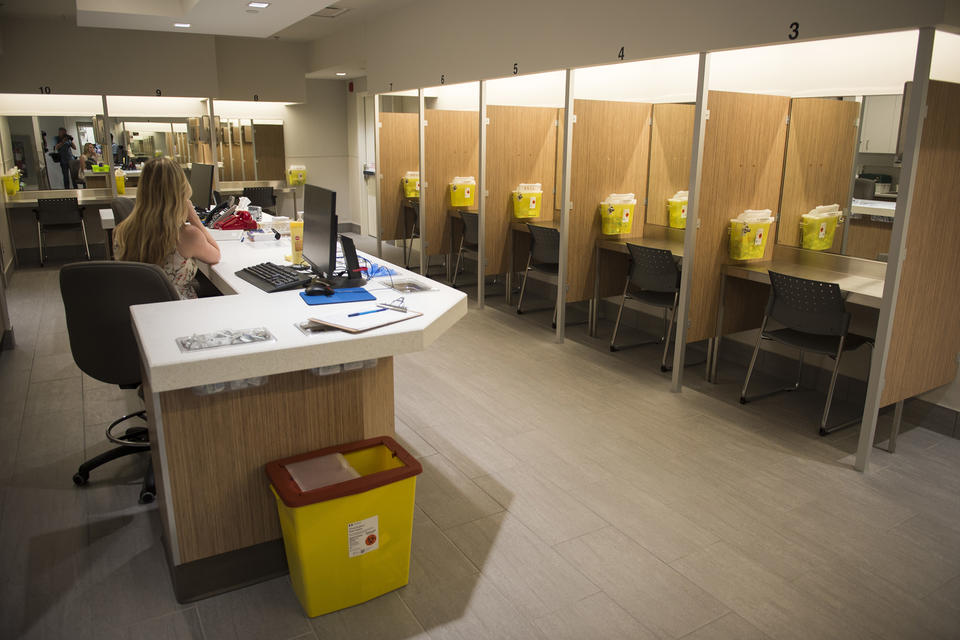
The American criminal justice system can and should be reformed in a multitude of ways, but one major change that needs to be made concerns the drug policies that disproportionately impact people of color and people living in low-income communities. The focus of these reforms should be placed on the decriminalization of drugs, the increase in resources for rehabilitation facilities, and the construction of safe injection sites to reduce the number of drug-related fatalities. All of these reforms will also help destigmatize substance users.
Substance use and substance abuse are the roots of many widespread issues such as poverty and unemployment, so if government policies work to address these issues, the web of related social problems will also begin to untangle. By reconstructing the ways that those involved with drugs are viewed by society, policies can begin to reshape the nature of social norms and social structure in a way that would positively impact drug users.
Decriminalizing drugs refers to reshaping the realm of criminal law by removing activities related to drug use from the list of sanctioned activities. Drug usage and trafficking may still be prohibited after they have been decriminalized, but those involved will no longer face sanctions that fall within the framework of criminal law. Policies that decriminalize drug usage would not only destigmatize drug users, but they would also reduce overcrowding in prisons and create a pathway for recovery for drug users.
In a 2016 study entitled Drug Decriminalization and the Price of Illicit Drugs, researchers assessed the impacts of drug decriminalization policies on drug prices around the world and found that cocaine and opiate prices do not decrease following drug decriminalization. This finding means that higher drug usage and dependence would not be a result of decriminalization due to lowered cost, which also means that the evidence from the study rejects the notion that drug decriminalization will “lead to a dramatic increase in usage rates.”
Policies that focus on drug decriminalization would have positive impacts on people living in low-income communities because it would lessen the severe impacts of being a felon in society. Even though the drug trade is a way to earn fast cash, being arrested and imprisoned for drug usage harms the offenders more than it helps. If policies were implemented that decriminalize drugs, addiction could also be treated as a disorder as opposed to a legal issue, which places an emphasis on rehabilitation.

In Correctional Health is Community Health, Alexandria Macmadu and Josiah Rich discuss how the American “War on Drugs” has resulted in an “unprecedented increase in arrests for drug possession” that primarily impacts people of low-income communities. These authors also note that about half of prisoners in state facilities and about 90% of jail detainees suffer from addiction and drug dependence, but the healthcare resources within the criminal justice system are not adequate for treating and addressing the needs of this population. Incarceration is no treatment for these health concerns, so correctional facilities should also provide more resources for rehabilitation and treatment for drug dependency disorders.
In addition to rehabilitation facilities and drug decriminalization, safe injection facilities would help to improve the lives of people affected by drug use and drug addiction. A safe injection facility is a hygienic space in which people can “inject pre-obtained drugs under the supervision of staff trained in overdose responses as well as injection-related risk reduction strategies.” Facilities such as these aim to decrease drug overdoses, public drug usage, and improperly discarded needles by providing drug users a safe space to use drugs away from the public and in the presence of medical professionals. In Using Drugs in Un/Safe Spaces: Impact of Perceived Illegality on an Underground Supervised Injecting Facility in the United States, Peter Davidson notes that the safe injection sites in his study were described by participants as “valuable social [spaces] in which the stigmas and dangers ordinarily experienced by street-based people who inject drugs were reduced.”

Reducing the stigmatization of drug users and those with drug addictions would allow these people to live their lives without fear of discrimination from their community members, which could then strengthen peer networks and begin to reconstruct the social networks in a given area. Drug users would also have reduced discrimination from potential employers if the stigma surrounding substance use was reduced, which could then reduce unemployment and poverty in the community.
Cassi Niedziela
